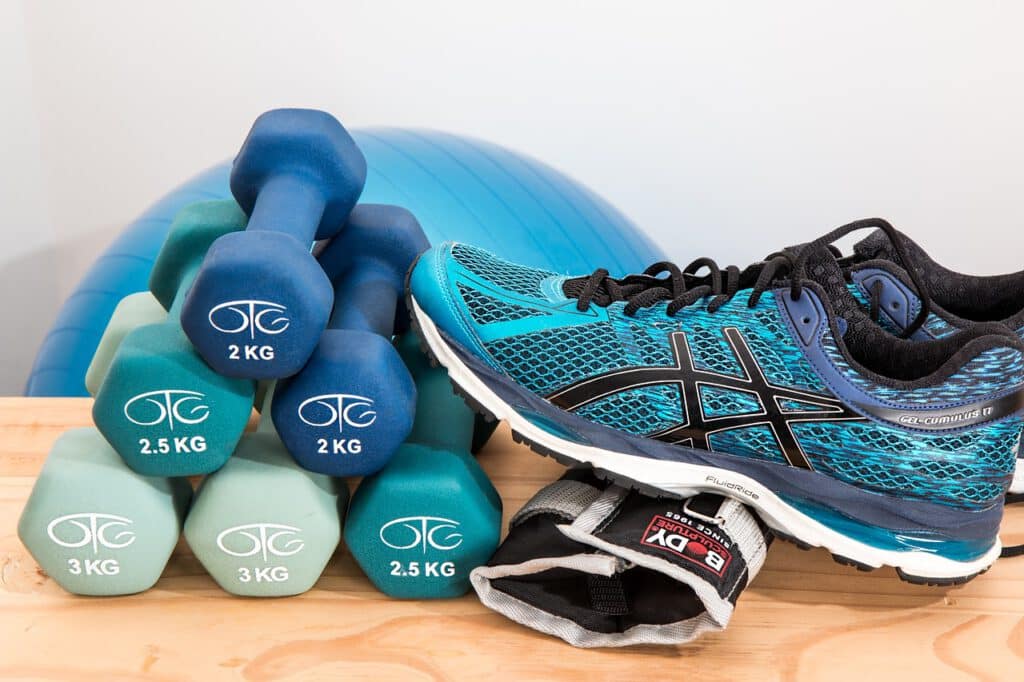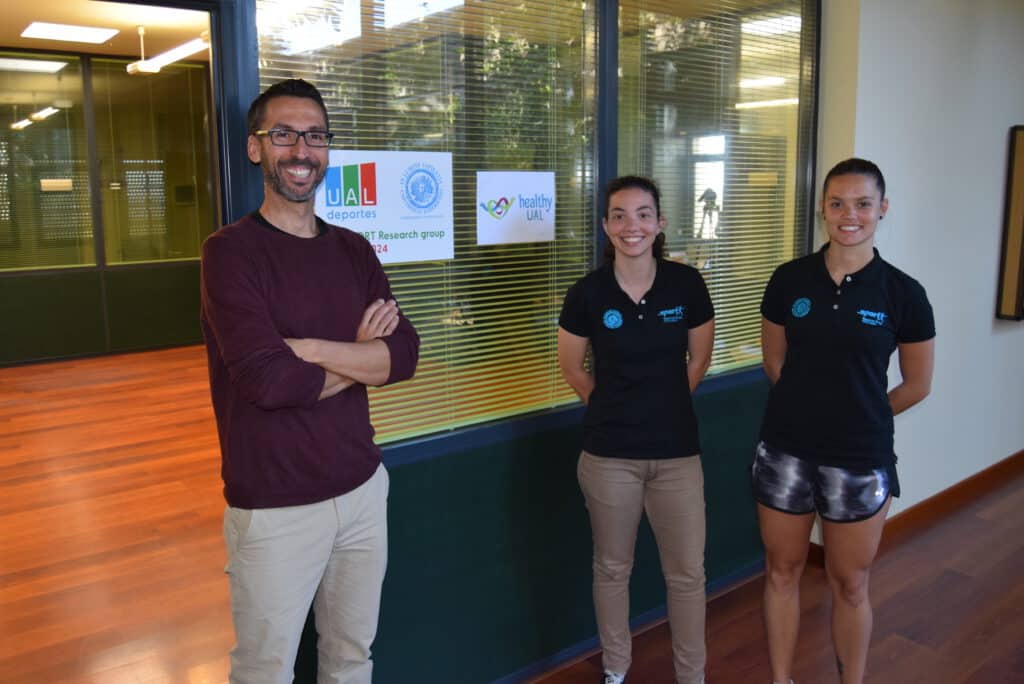Performing strength training with moderate to high loads provides improvements in functional capacity in only 12 weeksThe results of the study were presented in the following table: body composition and strength of people between 65 and 75 years of age.
Gema Suárez Mellado
This has been shown in a study conducted by researchers at the Faculty of Sport of the University of California, Berkeley. Catholic University of Murcia (UCAM).
As he explains to Pharmaceutical Mail Pablo Jorge Marcos-Pardo, principal investigator of the UCAM's Research Group on Health, Physical Activity, Fitness and Motor Behavior (Gisaffcom), the study was conducted with 45 subjects (27 women, 18 men) aged 65 years who underwent a 12-week strength training "with strength machines and large muscle groups were worked because of their involvement in activities of daily living and its influence on the quality of life of the elderly". "The loads," he adds, "ranged from moderate to high as the person adapted," and the results were compared with a control group that did not exercise. The activities were carried out in a sports center and were directed by a sports physical educator Graduate in Physical Activity and Sport Sciences.
Healthy aging
In terms of data within the intervention group, there was an increase of significant increase in lean body mass in women and menThe fat mass was also reduced in both sexes. In addition, both sexes presented a significant improvement in functional autonomy and significantly higher muscle strength values. Therefore, they conclude that it is necessary to promote progressive strength training in the elderly, as it results in healthy aging".
According to Marcos-Pardo, "exercise can prevent and even eliminate many chronic diseases as long as it is performed under the guidance of a qualified expert, who will take preventive measures and correctly plan the training loads that the subject needs at each moment".
The expert gives the example of sarcopenia, a disease that begins to appear from the age of 30 onwardsIf the person does not train, he or she begins to lose muscle mass, which will lead to a loss of strength, muscle power and an increase in the loss of functional capacity". He adds: "With age we can observe this loss of muscle mass simply with the decrease in gait speed in the elderly person and this can be prevented and even reversed, by training strength".
Never too late
In his opinion, it is never too late to start exercising, although, obviously, he states that the sooner you start the better. He also stresses that motivation and adherence to a physical exercise program is very important. "People want very fast results, and as we have found it takes about 12 weeks to see effects and until 20 weeks, we can speak of a habit-forming phase. and adhesion," he specifies.
The figure of the sports physical educator
However, to carry out this training, Marcos-Pardo values the figure of the physical sports educator so that the exercises are performed safely for the elderly person. "A person's health is not to be trifled with. We have scientific evidence that 1 euro invested in physical exercise saves three times as much in health care costs. The same as when a person needs the attention of a doctor and does not go to a quack doctor or when we need dental treatment and we do not go to a dental technician, when we have loss of muscle mass, functional deterioration, overweight or obesity, or when we are overweight, we need to be treated by a dentist. obesity, hypertension and many other chronic diseases for which we have evidence that they can be prevented or improved with a physical exercise program or we simply want to take care of ourselves and maintain an integral health, we should look for a sports physical educator," he says.



